A new study suggests warp drives might not need exotic negative energy after all.
Key Takeaways:
- Scientists have developed a new theoretical model showing that warp drives could be possible.
- Unlike previous concepts, this model does not require exotic negative energy to function.
- The proposed design could achieve high, but still subluminal, speeds within known physics.
- While practical warp drives remain far off, this research is a major step forward.
- The study marks progress toward interstellar travel, launching what researchers call the “Warp Age.”
__________
A study published in Classical and Quantum Gravity provides fresh theoretical support for the possibility of warp drives, suggesting that humanity’s dream of superfast space travel might not be out of reach forever. The research, led by Jared Fuchs of the University of Alabama, Huntsville, and the think tank Applied Physics, presents a model that eliminates one of the biggest hurdles in warp drive physics: the need for exotic negative energy.
A Breakthrough in Warp Drive Theory
Since Mexican physicist Miguel Alcubierre introduced the concept of a real-life warp drive in 1994, the idea has remained purely theoretical due to a major limitation—Alcubierre’s design required negative energy, a substance that may not even exist. The new study, however, offers an alternative approach.
By using a combination of established gravitational principles and new mathematical techniques, Fuchs and his team propose a stable matter shell that creates a warp bubble without requiring exotic materials. The study’s abstract explains that their solution “closely matches well-known warp drive solutions such as the Alcubierre metric” while staying within the bounds of known physics.

While this model does not allow for faster-than-light (FTL) travel, it could enable high but subluminal speeds, meaning that warp-like travel could still revolutionize space exploration.
The Road to the “Warp Age”
Despite the excitement, researchers caution that this is just a theoretical model, and practical warp drive technology remains far in the future. Even if the math holds up under further study, engineering such a system would require advancements far beyond current capabilities.
Still, the researchers see this as a crucial stepping stone toward interstellar travel. Gianni Martire, CEO of Applied Physics, described the study as a sign that humanity is “embarking on the Warp Age.” While we’re not yet planning voyages to distant stars, this research suggests that one day, warp drives may move from science fiction to reality.
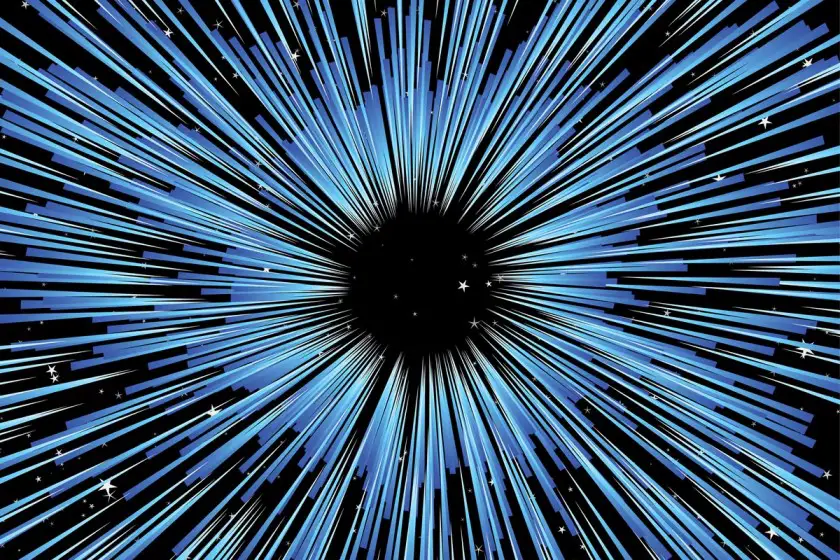
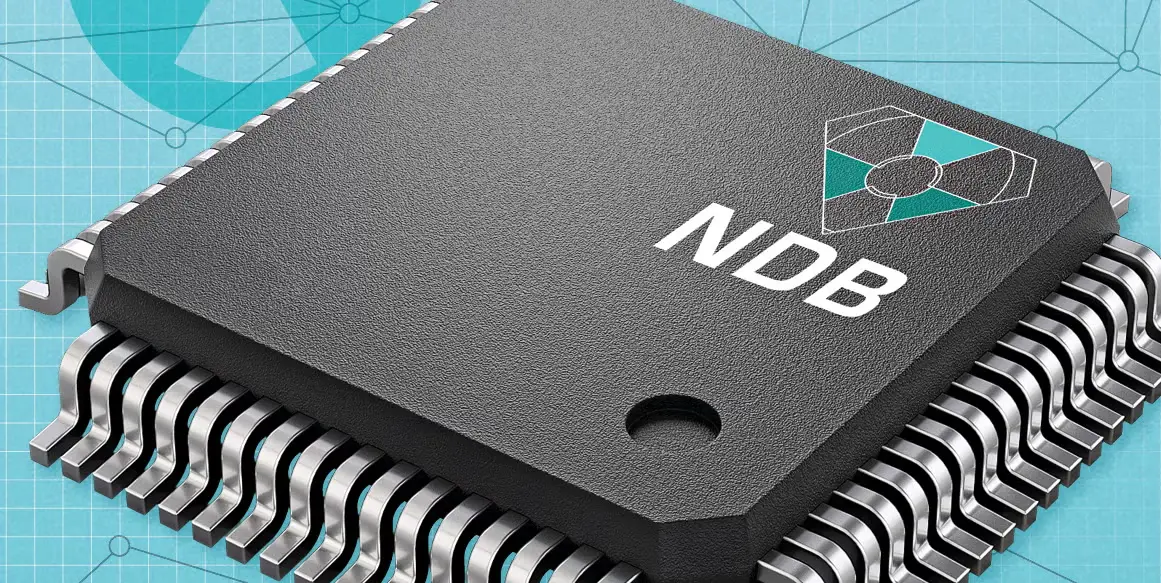
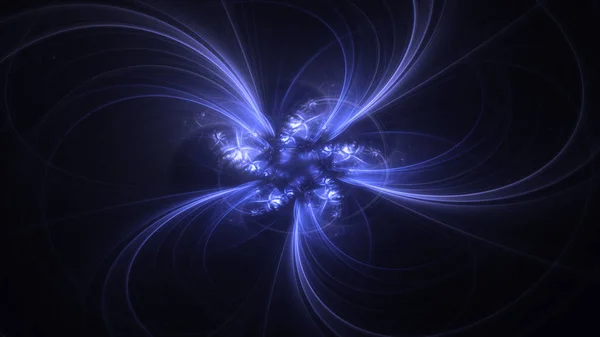
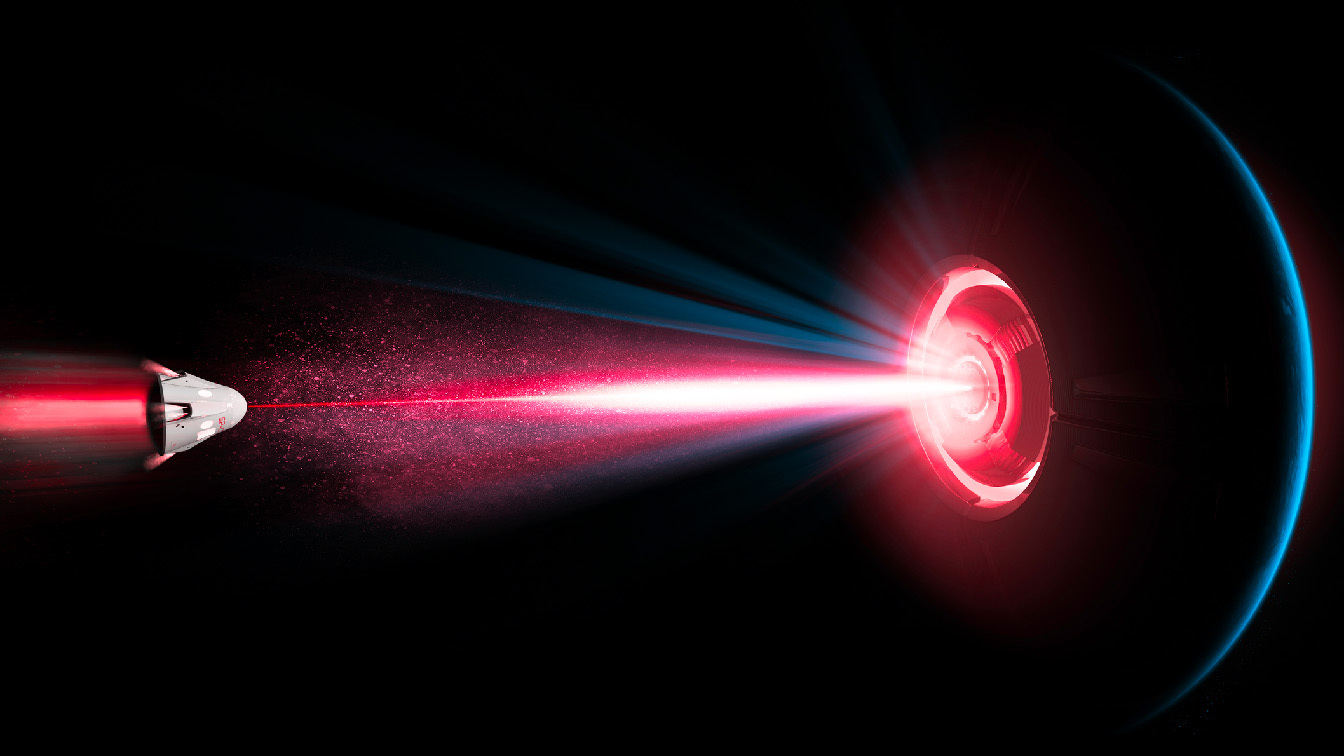
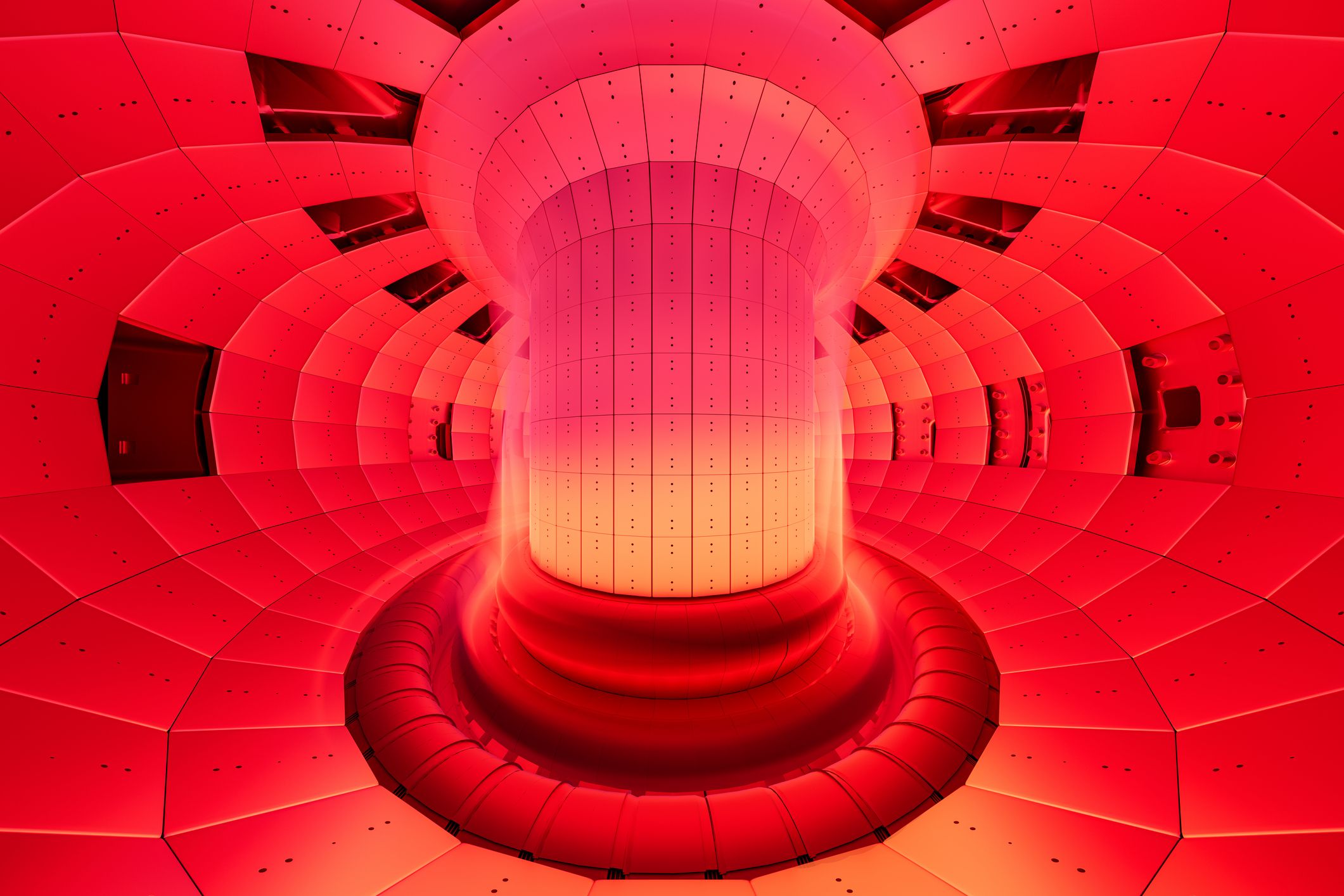
Out of the trillions of Galaxies (in the observable Universe) let alone Solar Systems and Planets/Moons would anyone choose to go, even instantaneously?? The whole concept is moot.
“This post has helped me solve my issue, thanks a ton!”
Good post! We will be linking to this particularly great post on our site. Keep up the great writing
Son zamanlarda deneme bonusu veren siteleri araştırırken bu yazıya denk geldim, gerçekten oldukça faydalı bilgiler içeriyor. Özellikle bahis oynamaya yeni başlayan biri olarak, ilk etapta yatırım yapmadan güvenilir bahis siteleri üzerinden deneme bonusu almak büyük avantaj sağlıyor. Listelenen sitelerin çoğunu denedim ve sorunsuz ödeme yapanları bulmak gerçekten önemli. Böyle içeriklerin devamını bekliyorum, hem zaman kazandırıyor hem de dolandırıcı sitelerden uzak durmamı sağlıyor. 👍
I very delighted to find this internet site on bing, just what I was searching for as well saved to fav
I’m often to blogging and i really appreciate your content. The article has actually peaks my interest. I’m going to bookmark your web site and maintain checking for brand spanking new information.
I do not even understand how I ended up here, but I assumed this publish used to be great
Fantastic read! 👏 I really appreciate how clearly you explained the topic—your writing not only shows expertise but also makes the subject approachable for a wide audience. It’s rare to come across content that feels both insightful and practical at the same time. At explodingbrands.de we run a growing directory site in Germany that features businesses from many different categories. That’s why I truly value articles like yours, because they highlight how knowledge and visibility can create stronger connections between people, services, and opportunities.Keep up the great work—I’ll definitely be checking back for more of your insights! 🚀